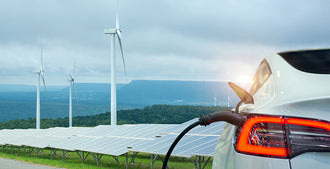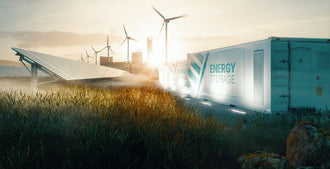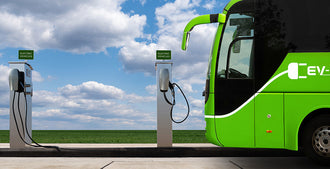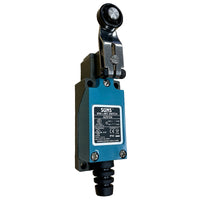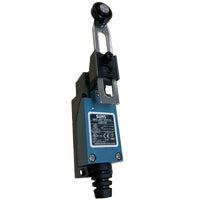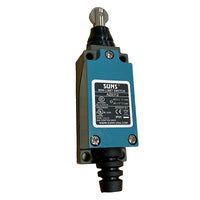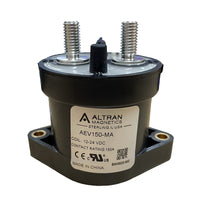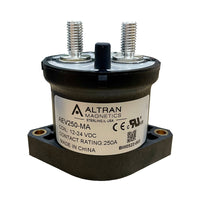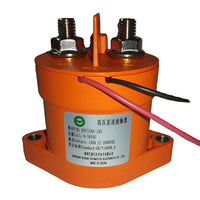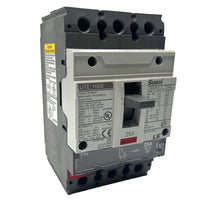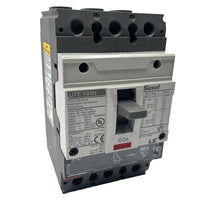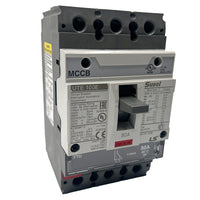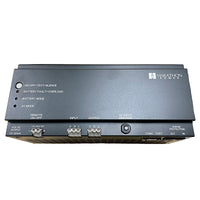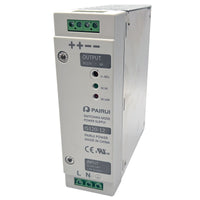Different types of EV connectors
- 19 Aug, 2025
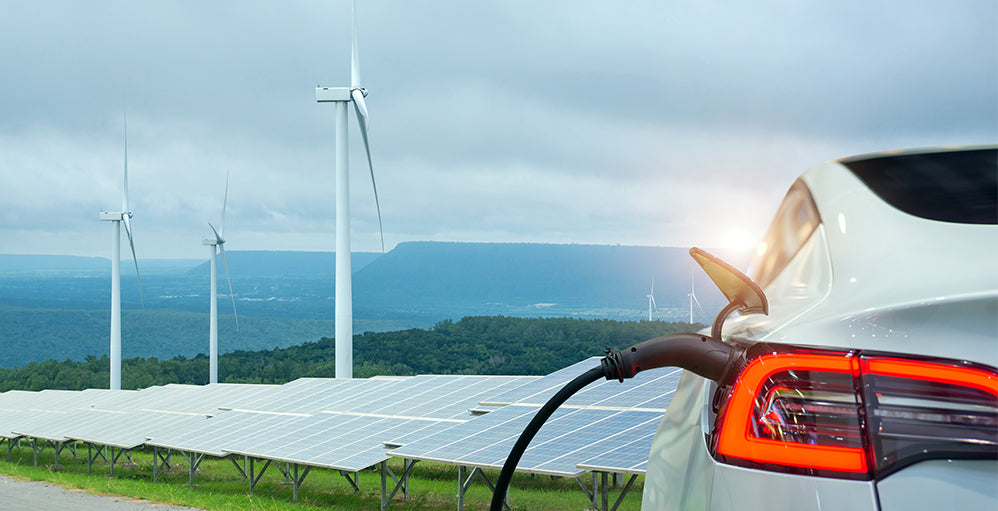
Electric vehicle (EV) charging infrastructure encompasses the network of public and private charging stations needed to support the growing number of EVs on the road. This infrastructure is crucial for the widespread adoption of EVs, offering convenient and reliable charging options for drivers. The global market for EV charging infrastructure is experiencing rapid growth, with projections indicating a significant increase in both the number of charging stations and the overall market size.
Charging Infrastructure Terminology
The charging infrastructure industry has aligned with a common standard called the Open Charge Point Interface (OCPI) protocol with this hierarchy for charging stations: location, electric vehicle supply equipment (EVSE) port, and connector. The Alternative Fuels Data Center and the Station Locator use the following charging infrastructure definitions:
- EVSE Port: An EVSE port provides power to charge only one vehicle at a time even though it may have multiple connectors. The unit that houses EVSE ports is sometimes called a charging post, which can have one or more EVSE ports.
- Connector: A connector is what is plugged into a vehicle to charge it. Multiple connectors and connector types (such as CHAdeMO and CCS) can be available on one EVSE port, but only one vehicle will charge at a time. Connectors are sometimes called plugs.
Charging Equipment
Charging equipment for EVs is classified by the rate at which the batteries are charged. Charging times vary based on how depleted the battery is, how much energy it holds, the type of battery, and the type of charging equipment (e.g., charging level, charger power output, and electrical service specifications). The charging time can range from less than 20 minutes to 20 hours or more, depending on these factors. When choosing equipment for a specific application, many factors, such as networking, payment capabilities, and operation and maintenance, should be considered.
Level 1 Charging
Approximately 5 miles of range per
1 hour of charging*

J1772 connector
Alternating Current (AC) Level 1 equipment (often referred to simply as Level 1) provides charging through a 120 volt (V) AC plug. Most, if not all, EVs will come with a portable Level 1 cordset, so no additional charging equipment is required. On one end of the cord is a standard NEMA connector (for example, a NEMA 5-15, which is a common three-prong household plug), and on the other end is an SAE J1772 standard connector (often referred to simply as J1772, shown in the above image). The J1772 connector plugs into the car's J1772 charge port, and the NEMA connector plugs into a standard NEMA wall outlet. Note that Tesla vehicles have a unique connector. All Tesla vehicles come with a J1772 adapter, which allows them to use non-Tesla charging equipment.
Level 1 charging is typically used when there is only a 120 V outlet available, such as while charging at home, but can easily provide charging for most of a driver's needs. For example, 8 hours of charging at 120 V can replenish about 40 miles of electric range for a mid-size EV. As of 2021, less than 2% of public EVSE ports in the United States were Level 1.
* Assumes 1.9 kW charging power
Level 2 Charging
Approximately 25 miles of range per
1 hour of charging†

J1772 connector

NACS connector
AC Level 2 equipment (often referred to simply as Level 2) offers charging through 240 V (typical in residential applications) or 208 V (typical in commercial applications) electrical service. Most homes have 240 V service available, and because Level 2 equipment can charge a typical EV battery overnight, EV owners commonly install it for home charging. Level 2 equipment is also commonly used for public and workplace charging. This charging option can operate at up to 80 amperes (Amp) and 19.2 kW. However, most residential Level 2 equipment operates at lower power. Many of these units operate at up to 30 Amps, delivering 7.2 kW of power. These units require a dedicated 40-Amp circuit to comply with the National Electric Code requirements in Article 625. As of 2021, over 80% of public EVSE ports in the United States were Level 2.
Level 2 charging equipment uses the same J1772 connector that Level 1 equipment uses. All commercially available EVs in the United States have the ability to charge using Level 1 and Level 2 charging equipment.
Tesla vehicles have a unique connector that works for all their charging options, including their Level 2 Destination Chargers and chargers for home. All Tesla vehicles come with a J1772 adapter, which allows them to use non-Tesla charging equipment.
*Assumes 6.6 kW charging power
DC Fast Charging
Approximately 100 to 200+ miles of range per
30 minutes of charging‡

CCS connector

NACS connector
Direct-current (DC) fast charging equipment (typically a three-phase AC input) enables rapid charging along heavy traffic corridors at installed stations. DC fast charging is projected to increase due to fleets adopting medium- and heavy-duty EVs (e.g., commercial trucks and vans and transit), as well as the installation of fast charging hubs for transportation network companies (e.g., Uber and Lyft) and other applications.
There are three types of DC fast charging systems, depending on the type of charge port on the vehicle: SAE Combined Charging System (CCS), CHAdeMO, and Tesla.
The CCS connector (also known as SAE J1772 combo) is unique because a driver can use the same charge port when charging with AC Level 1, Level 2, or DC fast charging equipment. The only difference is that the DC fast charging connector has two additional bottom pins. Most EV models entering the market today can charge using the CCS connector.
Summary of EV Charging Connectors


